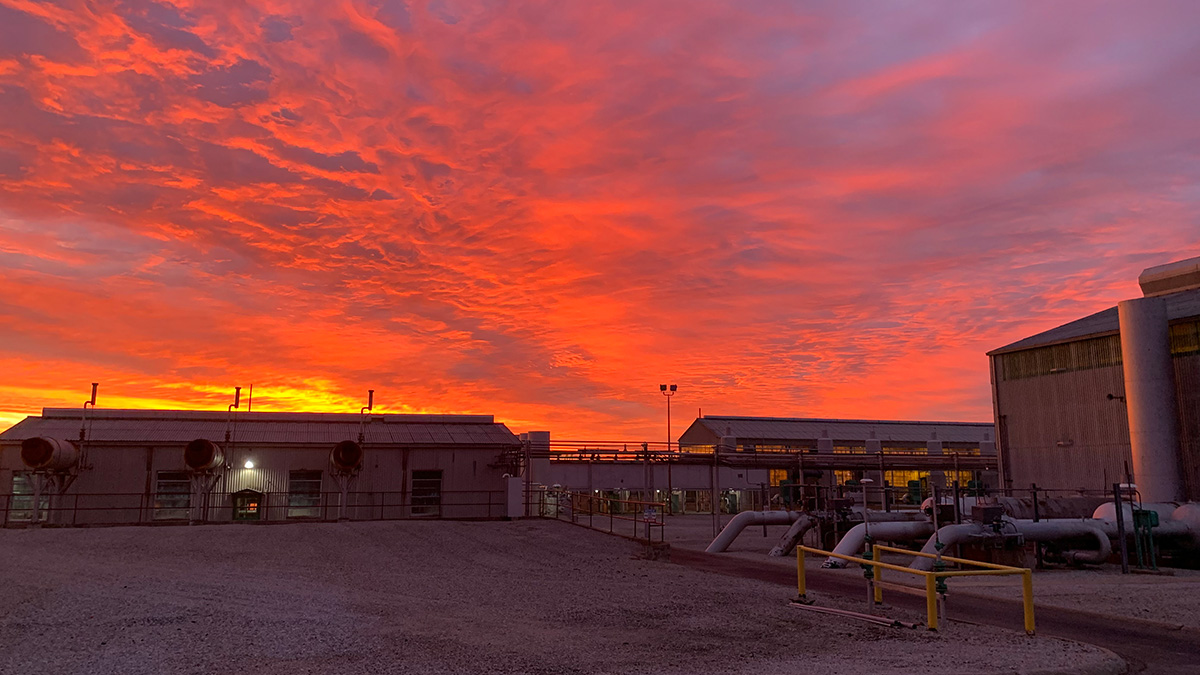Apr 8, 2024
How intelligent monitoring keeps pipelines safe

Smart monitoring: TC Energy uses Enterprise Analytics to monitor the performance of its compression fleet.
Most of us know that having a well-running automobile is central to our quality of life.
Even a single day of the car in the shop has costs and consequences we would rather avoid.
So while it might not be the most pleasant task, we dutifully take the car to the shop periodically to have a professional identify the little things that might get ugly later. We act now to avoid the cost and inconvenience of having to pay for a temporary—or worse, permanent—replacement.
Imagine then, if instead of one-off trips to the mechanic for a checkup now and then, you could get the same information without having to take time out of your busy schedule. And then imagine having that information all day every day.
Intelligent monitoring
How much would that kind of information be worth to you?
TC Energy’s U.S. Gas Operations has been pioneering the use of a platform called Enterprise Analytics that gathers and relays information about the performance of certain pipeline assets. This information is then available to specialists who can identify potential failures and take action to prevent them.
The Enterprise Analytics platform is the result of a multi-faceted reliability program calling on internal engineering expertise in strong partnership with software vendor OSIsoft. OSIsoft provides “open infrastructure to connect sensor-based data, operations, and people to enable real-time intelligence.”
TC Energy, like all modern pipeline systems, has extensive sensor-based data collection networks. These networks take many forms, including SCADA systems, local historians, HMI data feeds and others. Hundreds of thousands of sensor-based data streams provide an overwhelming amount of information and support myriad of business processes.
“Enterprise Analytics ‘listens’ to thousands of critical real-time data points coming from sensors and applies anomaly detection in order to identify functional degradation in an asset prior to functional failure,” said Matt Parks, Director of Reliability.
Enterprise Analytics uses an array of algorithms (the logical rules for solving a problem) to determine whether a particular asset is performing within its normal parameters. If the behavior is abnormal, Enterprise Analytics alerts a specialist.
“The algorithm says, ‘Here’s a condition. Something is wrong. This unit is going to fail if you don’t do something,’” explained Parks.
“The Enterprise Analytics platform is a fundamental pillar of our reliability program. It enables us to identify degradation in advance of a failure, to predict failure and prevent it from occurring by taking corrective measures in a deliberate, timely fashion,” said Keary Rogers, TC Energy Manager, Core Reliability.
Parks estimated that Enterprise Analytics resulted in more than $7 million in cost avoidance on U.S. Gas Operations East assets for 2016 alone.
“That does not consider the foregone revenues that occur when a piece of equipment fails and throughput is curtailed,” he added. “It’s all about cost avoidance and cost recovery.”
The Enterprise Analytics program has been deployed on 97% of Columbia Pipeline compression assets and is now preparing for a rollout in the U.S. West pipelines. Also applicable to storage operations in the U.S., it may one day be used across TC Energy.

Data-driven: The Enterprise Analytics system makes sense of thousands of critical real-time data points coming from sensors.
Valuable insight
“The knowledge that we get from Enterprise Analytics gives us insight into the performance of our fleet that would not have been possible 15, 10, or even five years ago,” said Rogers.
“In addition to anomaly detection, we want to use this tool to understand the nuances of how we operate our fleet as a whole. Through Machine Learning (a method using complex models and algorithms that can learn and make predictions on data), we can integrate data, compare key performance indicators across like units to identify inefficient performance, and now use this new Operational Intelligence to make data-driven decisions for our compression fleet.”
It’s all about making a good system better.
“We take data and convert that data into knowledge so we can take action that strives for continuous improvement,” Parks said.



